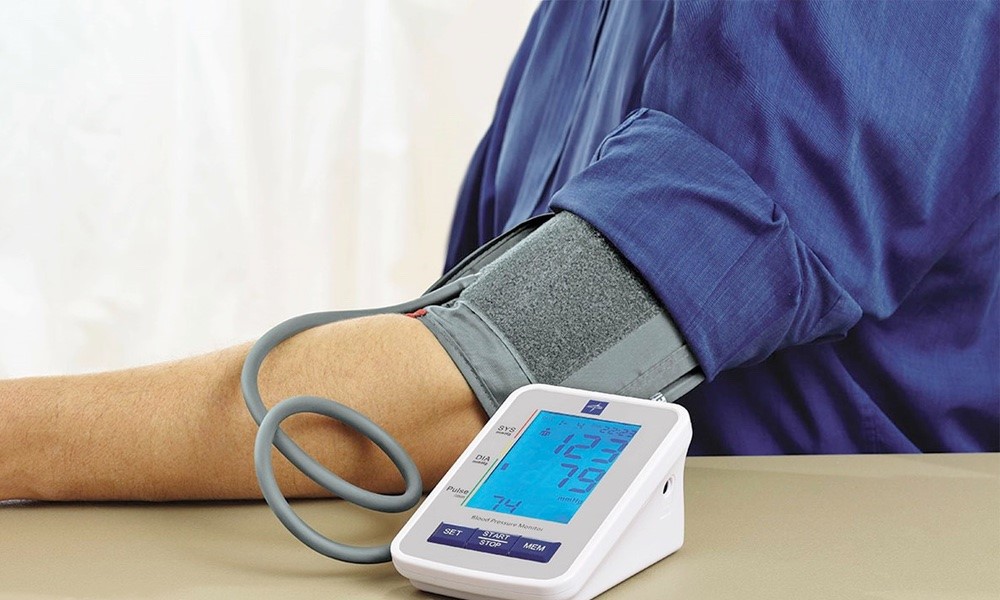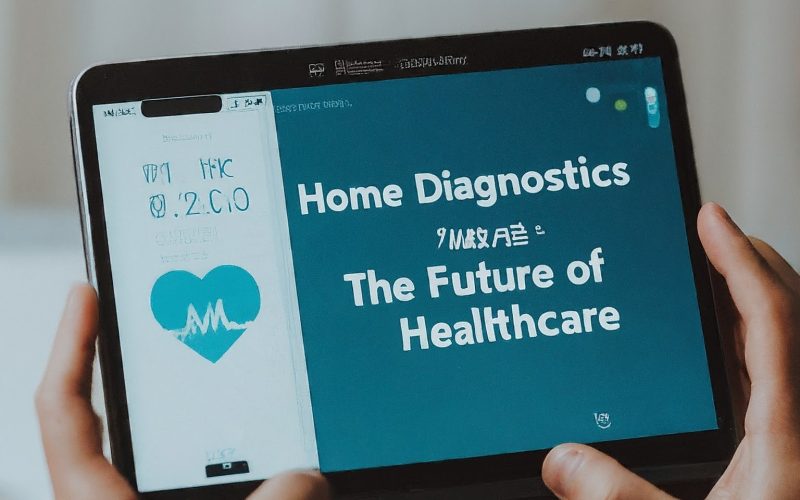In recent years, the landscape of healthcare has been significantly transformed by the advent of advanced technologies. One of the most notable trends is the rise of home diagnostic tools, which are poised to revolutionize personal healthcare by making medical testing more accessible, convenient, and cost-effective. This article explores the future of home diagnostic tools, highlighting key advancements, benefits, and potential challenges.
The Evolution of Home Diagnostic Tools
Home diagnostic tools have come a long way from the humble thermometer and blood pressure cuff. Today, these tools encompass a wide range of devices capable of diagnosing various medical conditions from the comfort of one’s home. Technological advancements in fields such as artificial intelligence (AI), machine learning, and biotechnology have paved the way for sophisticated diagnostic tools that are not only accurate but also user-friendly.
Key Advancements in Home Diagnostic Tools
- Wearable Technology: Wearable devices such as smartwatches and fitness trackers have already gained popularity for monitoring vital signs like heart rate, sleep patterns, and physical activity. The future promises even more advanced wearables equipped with sensors that can detect early signs of diseases such as diabetes, cardiovascular conditions, and even certain types of cancer. These devices will provide continuous monitoring, offering real-time data to both users and healthcare providers.
- AI-Powered Diagnostics: Artificial intelligence is set to play a crucial role in the future of home diagnostics. AI algorithms can analyze data from various sources, including wearables, mobile apps, and connected home devices, to provide accurate and timely diagnoses. For instance, AI-powered apps can analyze skin lesions to detect early signs of skin cancer or interpret data from a smart glucometer to predict and manage diabetes more effectively.
- Lab-on-a-Chip Technology: Lab-on-a-chip (LOC) technology is another groundbreaking advancement that miniaturizes laboratory processes onto a single chip. These portable devices can perform complex biochemical analyses, such as blood tests and genetic screening, within minutes. LOC technology holds the potential to bring sophisticated diagnostic capabilities to the home, enabling early detection and personalized treatment plans.
- Telemedicine Integration: The integration of home diagnostic tools with telemedicine platforms is set to enhance the overall healthcare experience. Patients can share diagnostic data with healthcare providers remotely, facilitating virtual consultations and reducing the need for in-person visits. This integration will be particularly beneficial for managing chronic conditions, post-operative care, and remote patient monitoring.

Benefits of Home Diagnostic Tools
The future of home diagnostic tools offers numerous benefits that can transform personal healthcare:
- Accessibility: Home diagnostic tools make healthcare more accessible, especially for individuals in remote or underserved areas. By eliminating the need for frequent visits to healthcare facilities, these tools ensure that more people can receive timely medical attention.
- Convenience: The convenience of conducting medical tests at home cannot be overstated. Patients can monitor their health regularly without the inconvenience of scheduling appointments or waiting in long queues. This convenience is particularly valuable for individuals with mobility issues or busy schedules.
- Cost-Effectiveness: Home diagnostic tools can significantly reduce healthcare costs by minimizing the need for expensive laboratory tests and hospital visits. Early detection of diseases through regular monitoring can also prevent the progression of conditions, leading to lower treatment costs in the long run.
- Empowerment: By providing individuals with the tools to monitor their health, home diagnostics empower patients to take an active role in managing their well-being. This proactive approach can lead to better health outcomes and improved quality of life.
Challenges and Considerations
While the future of home diagnostic tools is promising, several challenges and considerations must be addressed:
- Accuracy and Reliability: Ensuring the accuracy and reliability of home diagnostic tools is paramount. Inaccurate results can lead to misdiagnosis, unnecessary anxiety, or delayed treatment. Rigorous testing and validation are essential to maintain the credibility of these tools.
- Data Privacy and Security: The collection and transmission of health data raise concerns about privacy and security. It is crucial to implement robust data protection measures to safeguard sensitive information and comply with regulations such as the Health Insurance Portability and Accountability Act (HIPAA).
- User Education: Effective use of home diagnostic tools requires proper user education. Manufacturers must provide clear instructions and support to ensure that users can operate the devices correctly and interpret the results accurately.
- Integration with Healthcare Systems: Seamless integration of home diagnostic tools with existing healthcare systems is necessary to maximize their benefits. Interoperability standards and collaboration between technology providers and healthcare institutions are essential to achieve this integration.
The Road Ahead
The future of home diagnostic tools is undoubtedly bright, with continuous advancements driving innovation in personal healthcare. As technology evolves, these tools will become more sophisticated, affordable, and widely adopted. The convergence of wearable technology, AI-powered diagnostics, lab-on-a-chip devices, and telemedicine will create a comprehensive ecosystem that empowers individuals to take control of their health.
In conclusion, home diagnostic tools are set to revolutionize personal healthcare by making medical testing more accessible, convenient, and cost-effective. While challenges remain, the potential benefits far outweigh the obstacles. As we look to the future, it is clear that these tools will play a pivotal role in shaping a healthier and more connected world.










